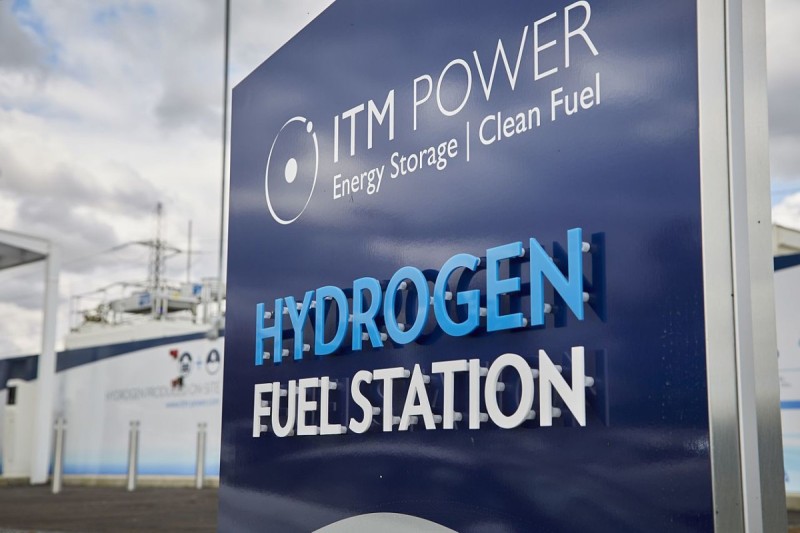Crescent Point continues to grow production in Kaybob Duvernay
, The Canadian Press
Crescent Point Energy Corp. says its $900-million acquisition of Shell Canada's Kaybob Duvernay assets in 2021 has performed so well that the assets will have paid for themselves by the end of the first quarter of 2023.
"We've been very pleased with this asset since entering the play in 2021," Crescent Point chief operating officer Ryan Gritzfeldt told a conference call to discuss the company's fourth-quarter results.
"We are currently on track to generate approximately $900 million of excess free cash flow . . . by end of first quarter 2023. This equates to a very quick two-year payback on our original acquisition."
Crescent Point, which has drilling operations in Alberta, Saskatchewan and North Dakota, has been fortifying its position in the Kaybob region of northern Alberta since making that first blockbuster purchase of assets two years ago.
During the third quarter of 2022, the company acquired additional assets in the Kaybob Duvernay for about $87 million, and in December 2022, it announced a $375-million deal with Paramount Resources Ltd. to acquire yet more Kaybob assets.
"After nearly two years of operating within the basin, we made the strategic decision in late 2022 to increase our land position, and in so doing, have increased our drilling inventory in the play to over 20 years," Gritzfeldt said.
He added Crescent Point now plans to grow its Kaybob Duvernay production from 40,000 barrels of oil equivalent per day to over 60,000 boe/d within the next five years.
Crescent Point Energy announced a special dividend Thursday as it reported a loss in its latest quarter, weighed down by a one-time impairment charge.
The company said it will pay a special cash dividend, based on its fourth-quarter results, of 3.2 cents per share on March 17, to shareholders of record as of March 10. The payment is in addition to the company's regular quarterly dividend of 10 cents.
Crescent Point reported a fourth-quarter loss of $498.1 million or 90 cents per share for the quarter ended Dec. 31 compared with a profit of $121.6 million or 21 cents per share in the last three months of 2021.
The company said its adjusted profit from operations amounted to $209.8 million or 38 cents per share for its fourth quarter, up from $160.0 million or 27 cents per share a year earlier.
Average daily production for the quarter amounted to 134,124 barrels of oil equivalent per day, up from 130,407 in the fourth quarter of 2021.
Crescent Point is forecasting crude oil prices for 2023 to hover around the US$75 per barrel for the benchmark West Texas Intermediate.
The company's heavy weighting in oil means that any $5 increase over that $75 WTI price will generate approximately $200 million in additional cash flow.





